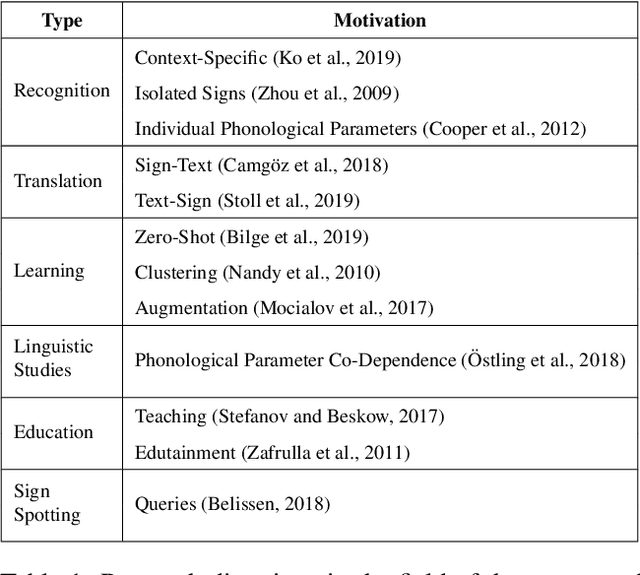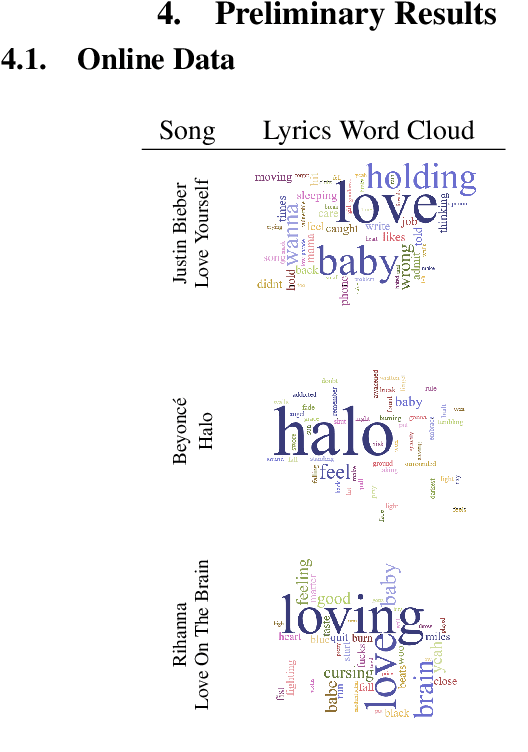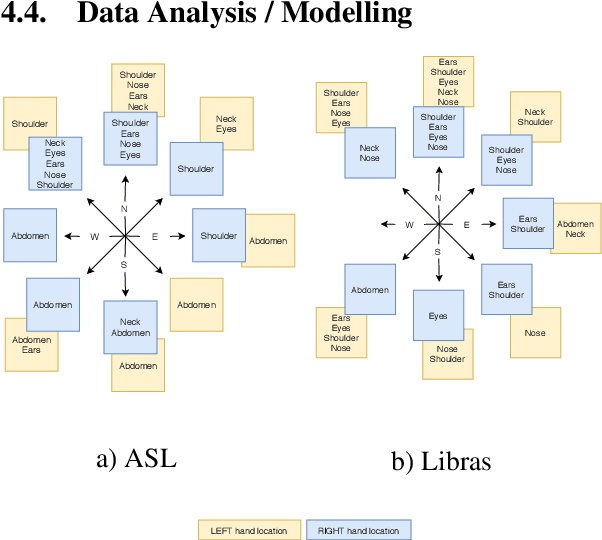Towards Large-Scale Data Mining for Data-Driven Analysis of Sign Languages
Paper and Code
Jun 03, 2020



Access to sign language data is far from adequate. We show that it is possible to collect the data from social networking services such as TikTok, Instagram, and YouTube by applying data filtering to enforce quality standards and by discovering patterns in the filtered data, making it easier to analyse and model. Using our data collection pipeline, we collect and examine the interpretation of songs in both the American Sign Language (ASL) and the Brazilian Sign Language (Libras). We explore their differences and similarities by looking at the co-dependence of the orientation and location phonological parameters
* Proceedings of the 9th Workshop on the Representation and
Processing of Sign Languages (LREC 2020) * https://colab.research.google.com/drive/118Sx1ua-NXy9kjqWi94vz-RrRVYKmnDl?usp=sharing
 Add to Chrome
Add to Chrome Add to Firefox
Add to Firefox Add to Edge
Add to Edge